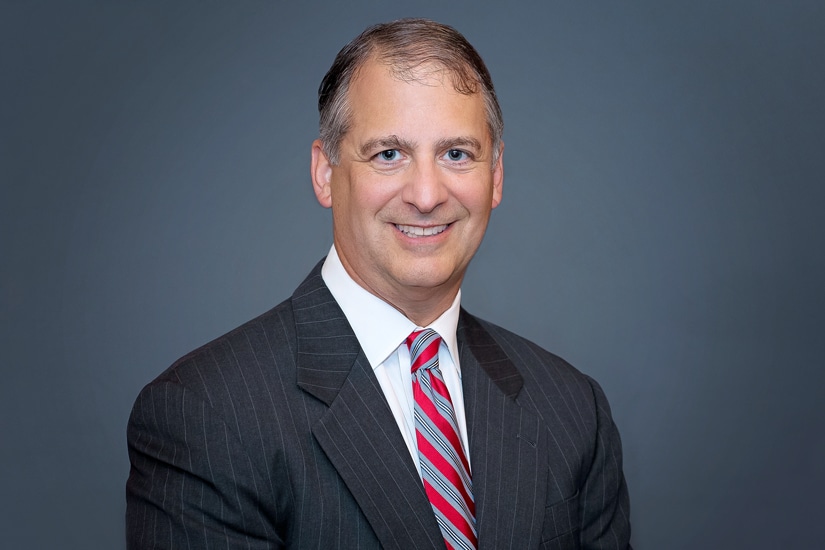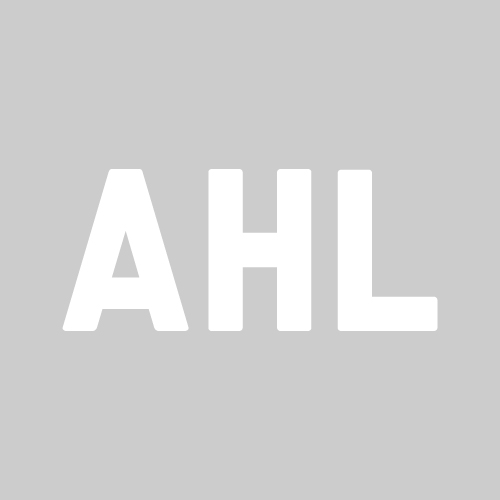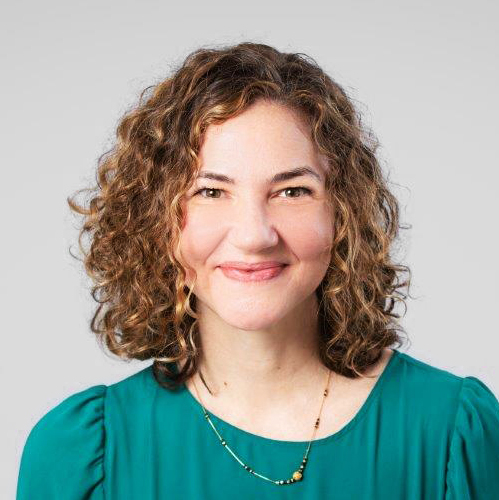|
Getting your Trinity Audio player ready...
|

Twenty-five years ago, Larry Rickles decided it was time to move in-house. Rickles was already a trademark/copyright lawyer for a law firm, but he was ready for a change in his career. The Harvard Law School grad took a job as an in-house trademark attorney for Johnson & Johnson (J&J), a position he held for nearly seventeen years.
“J&J had a very large pharmaceutical business, so I started working on some of the pharmaceutical trademark projects,” Rickles recalls. “I was still doing the trademark work for some of their consumer products—Band-Aid and Tylenol and things like that—as well as medical devices, but over time the trademark attorneys started focusing on specific aspects of J&J’s business, and I began focusing on pharmaceuticals.”
After leaving J&J and spending a few years as an outside counsel, still dabbling in pharmaceutical trademarks, Rickles took the position of chief trademark counsel for Israel-based Teva Pharmaceuticals in 2015.
The Right Mix
At Teva, Rickles is responsible for managing a team that handles a portfolio of almost thirty thousand trademarks in dozens of countries worldwide. While most of Teva’s product offerings are pharmaceuticals, Rickles notes that his work is still as much of a puzzle now as it ever was—and for good reason.
Rickles is the only trademark attorney at the company, working aside three paralegals. In 2016, Teva acquired Actavis, necessitating the integration of more than ten thousand trademarks and domain names into its portfolio and adding to his responsibilities. As the scope of his role has widened, Rickles has added real value to Teva since coming on board.
“I’ve developed and implemented official policies in trademarks, copyrights, and domain names and established rules on what we do,” he says. “In the domain name area, I’ve been working to bring our portfolio down to a more manageable size so we’re optimizing how and when to renew domain names.”
Rickles has also helped the company in its move into branded drugs and biosimilars, which, unlike many generic drugs in the US, need brand names. “We’ve been able to get the process for creating these global brand names more regularized and formalized, and we’ve come up with a lot of good names for our new products,” he says.
In pharmaceuticals, however, obtaining a trademark has become more complicated over the years—not to mention the process has become a lot longer.
“There’s a lot more companies doing it and there are also many more names out there,” Rickles explains. “It’s a very crowded field, and when you clear a name, you have to make sure no one else has that name or something close to it. With all these marks out there, it’s more likely than before that somebody else has put together the same letters in a similar fashion.”
Finding Trademark Treasure
How does the trademark process start? And who gets to pick the names?
Rickles explains that many trademark projects in the pharmaceutical field start with a naming agency. The agency is given a rundown of the product and what it does. Then it uses that information to develop hundreds of names. Next, a team at Teva whittles down the names to just a few strong options that are run through name safety testing (focusing on patient safety) and are moved to Rickles’s team to complete the final process of legal clearance.
“And that takes time,” he says. “Time for the agency to develop new names and time for the businesspeople to look at them to see which ones they like and don’t like. That can usually take several months, if not a year.”
Starting early in the product development process is important when coming up with a global name, Rickles notes. In fact, he recommends starting the process one to two years before approval. This time frame also allows for leeway, in case the trademark runs into bumps along the way.
“There’s a lot more companies doing it and there are also many more names out there . . . It’s more likely than before that somebody else has put together the same letters in a similar fashion.”
Another aspect that has made obtaining a trademark more challenging is the hand that regulatory agencies play in the process. Previously, trademark approval was the province of trademark offices. Now, the FDA in the US and the European Medicines Agency (EMA) in Europe, among others, have started doing their own review of trademarks.
“One would think the analysis is similar to what a trademark office does, in the sense of looking to see if there are similar marks out there, but they come at it from a different perspective,” he explains. “In terms of analysis, they are looking at the similarity in names and what they can do to avoid medication errors.”
Even with companies preparing the names and clearing them beforehand, about 50 percent of all names proposed for pharmaceuticals get rejected. Throw in the wrinkle that a name could be approved in Europe but not the US, and the puzzle only gets harder. Having a global name, Rickles notes, is beneficial to a business, as it makes packaging, advertising, and branding easier. More important, a global name is safest for patients and physicians, so that they are not confused by the same drug having different names in different parts of the world.
“It’s more important to have people in your organization or an outside law firm that really knows what you’re doing here,” he says. “In the clearing and filing of these trademarks, pharmaceuticals are more difficult than most other products or services.”
While the path to finding the perfect name may have hurdles, Rickles says that going through the maze is his favorite part. And even after twenty-five years in the industry, he knows that finding the perfect name leads to endless possibilities.

